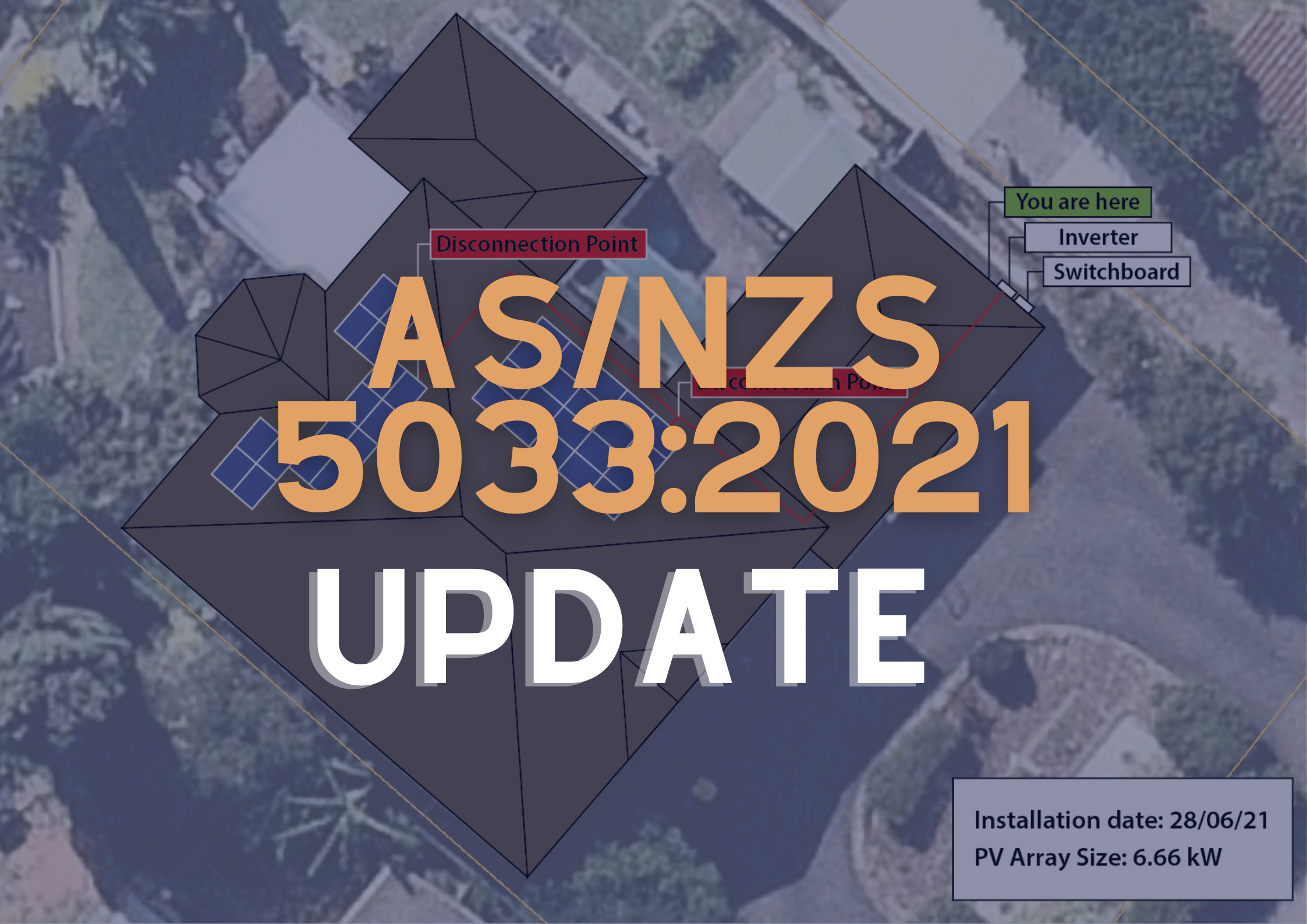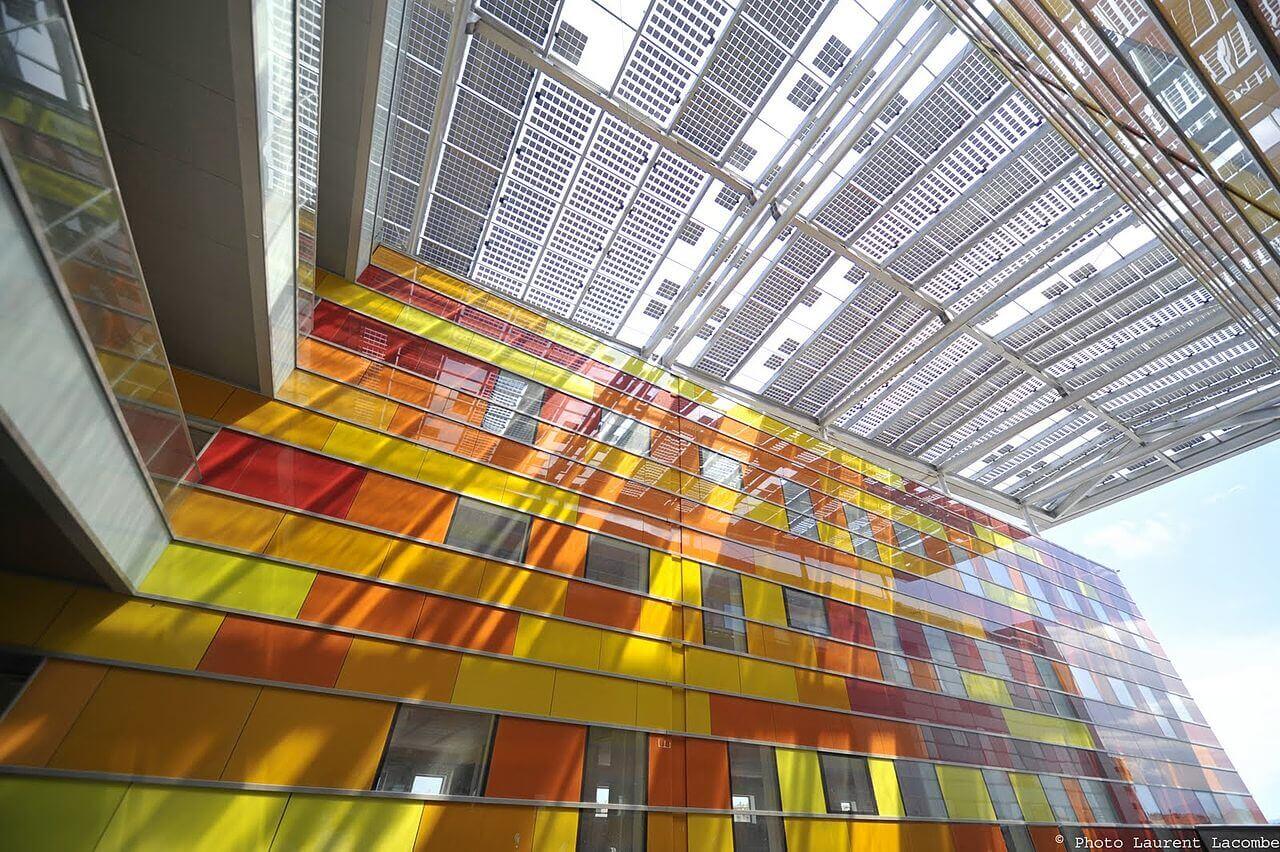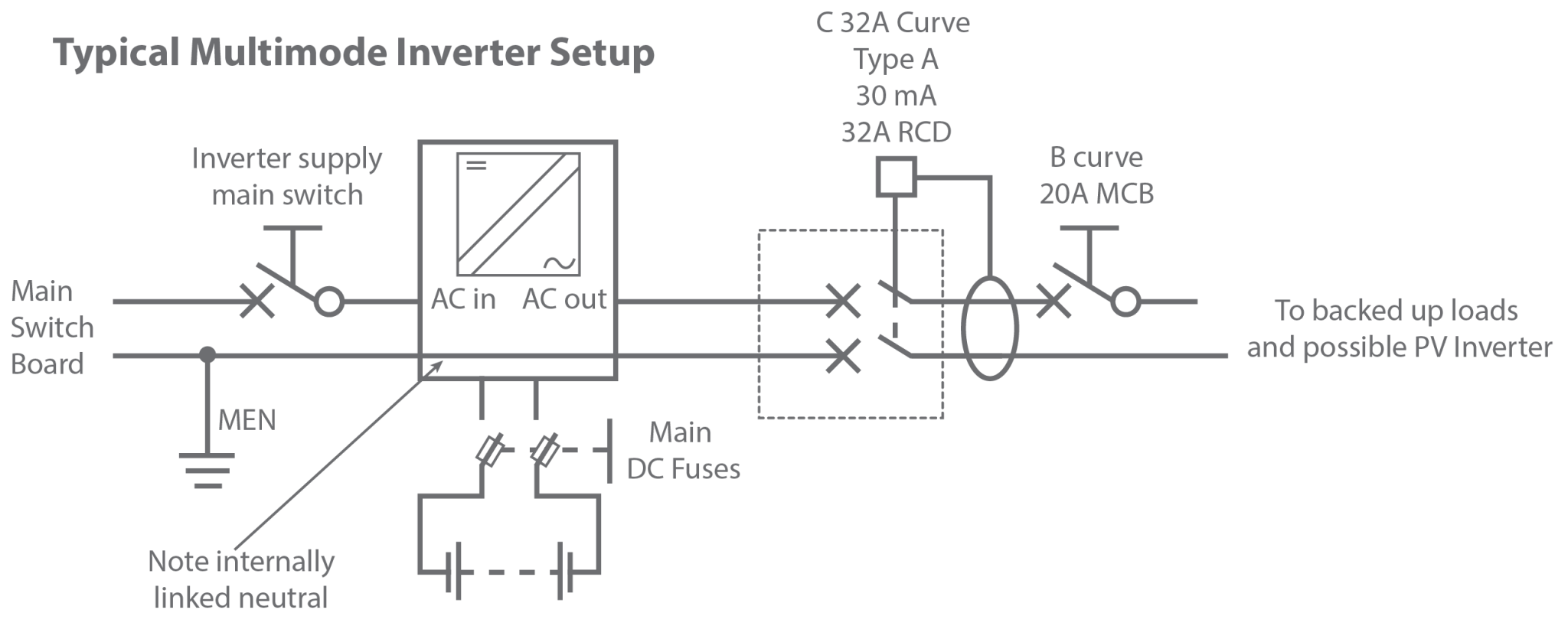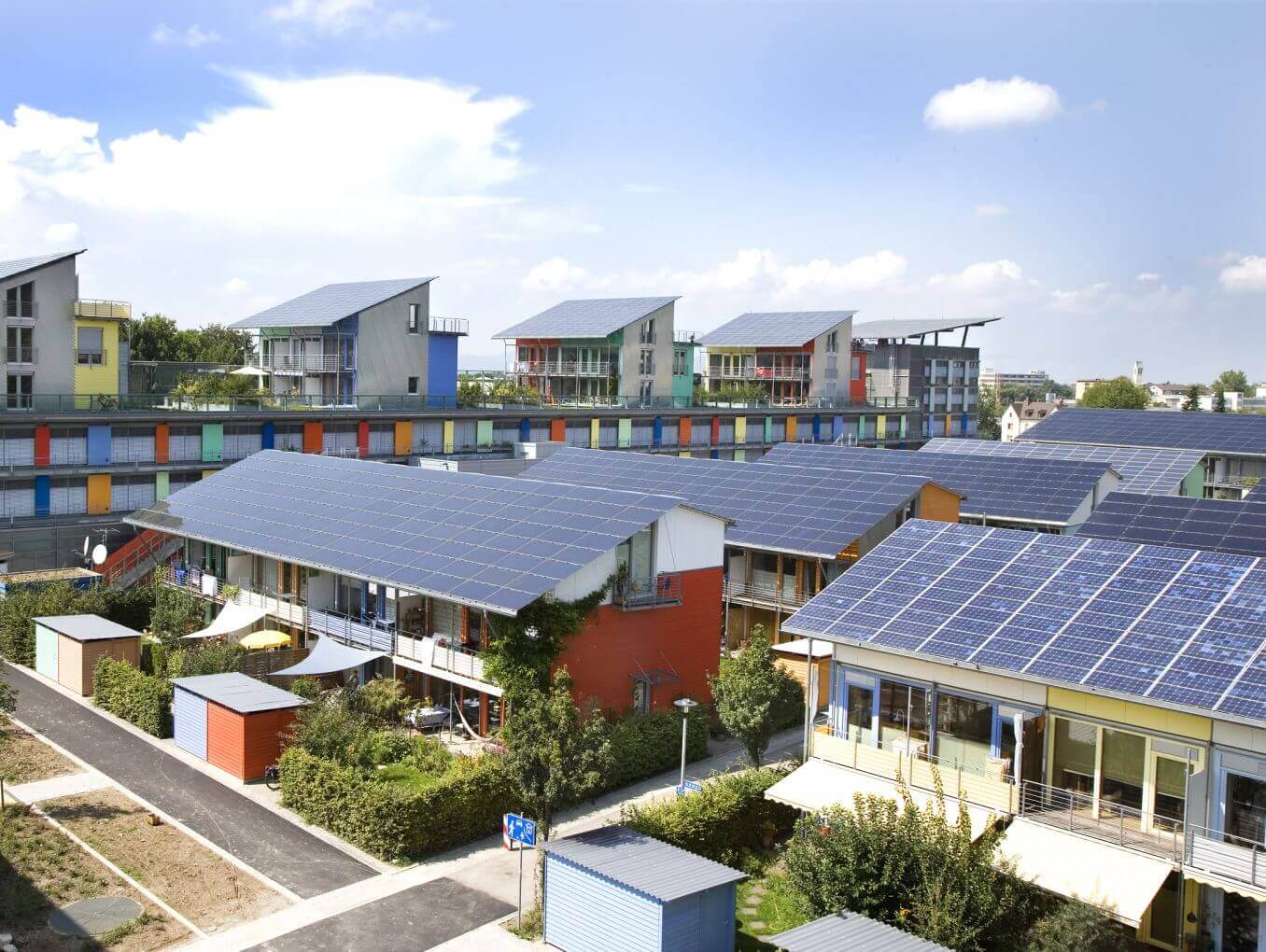The requirements for DC overcurrent protection seem to have changed a lot in the AS/NZS 5033:2021 update upon first glance. But most of these changes are just rearrangement and new notation. This article will explain the old and new requirements. Skip to: AS/NZS 5033:2014 requirements AS/NZS 5033:2021 requirements Comparison of AS/NZS 5033:2014 and AS/NZS 5033:2021 […]
Tag: standards
Deep dive on the new AS/NZS 5033:2021 Updates
AS/NZS 5033:2021 Update – What You Need to Know As part of the solar industry, you’re probably accustomed to the 2014 version of the standard, which had two amendments published in 2018. In November 2021, this standard was updated to reflect the rapid growth of this industry and provide updated safety practices. Knowledge is power, […]
AS/NZS 4777.2 2020 Updates – What You Need to Know
The 2020 updates to the inverter Standard AS/NZS 4777.2 Grid connection of energy systems via inverters, Part 2: Inverter Requirements is now available. If you’re a solar professional, you’re probably familiar with the 2015 version of the Standard. In December 2020, the Standard was updated to reflect changing conditions in the industry. These changes could […]
Building Integrated Photovoltaics: What is the potential for this PV technology?
Building Integrated Photovoltaics (BIPV), as the name suggests, describe a PV system where solar PV modules are integrated within a building’s envelope, as oppose to conventional PV systems where modules are mounted on the top of existing roofs. BIPV products have been commercially available since the 1990s in Europe, but have not played a major […]
Connection of Inverter Energy Systems to the Grid: New requirements surround residual current devices
The industry has seen rapid uptake of solar PV and energy storage systems connected to multiple mode, or ‘hybrid’, inverters and battery systems over recent months. This has prompted many questions from installers and designers regarding the connection of inverter energy systems to existing electrical installations. While many common questions regarding connecting IES systems can […]
Transition period ending for compliance to AS/NZS 4777.2:2015
The transition period for AS/NZS 4777.2: 2015 Grid connection of energy systems via inverters Part 2: Inverter requirements will end on the 10th October 2016, only 3 months away. The majority of inverters currently on the CEC approved product list currently expires on 9th October 2016. They will be removed from the list if manufacturers […]
Residential energy storage: Are we ready?
The rise of residential batteries In the past year we have seen the first significant uptake of Grid Connected Battery (GCB) systems in Australia. In years gone by, batteries were used for standalone systems that were far from any poles and wires, i.e. in areas with no access to the electricity grid. However, we now […]
Configuring Battery Storage Products – Comparing Apples and Oranges?
The renewables market is currently being flooded with energy storage products to meet the increasing demand and hype for this technology. All of these products present a similar, well-scripted value proposition and all offer to deliver similar functionality. As a result, this rapid rush to market of these products and their advertising has created the […]
Standalone: Past, Present and Future
Stand Alone Photovoltaic (PV) systems are amongst the oldest of applications of photovoltaic systems and are a testament to photovoltaic technology’s ability to operate in the most extreme of conditions. They are typically used in isolated locations with low or no population, or in place of conventional grid infrastructure in less-developed regions. Standalone systems, as […]
Micro Inverters vs DC Optimisers: An Australian Installer’s Perspective
In many ways the rapid uptake of PV in Australia over the last decade has caused the city-based PV installer a problem: many of the easy, large area, unobstructed, north-facing roofs have already been used. Often this leaves us with “sub-optimal” installation options involving small areas where only 1-4 modules will fit, roof areas that […]








